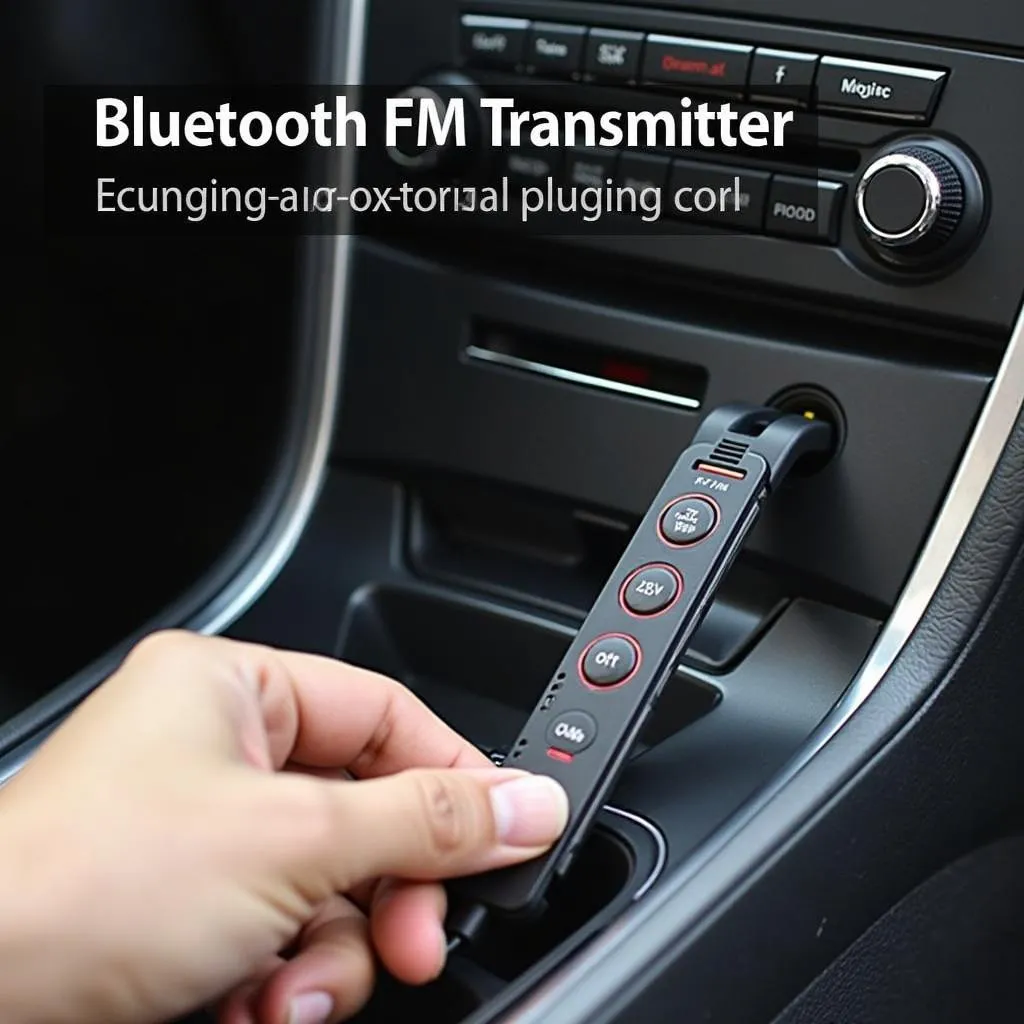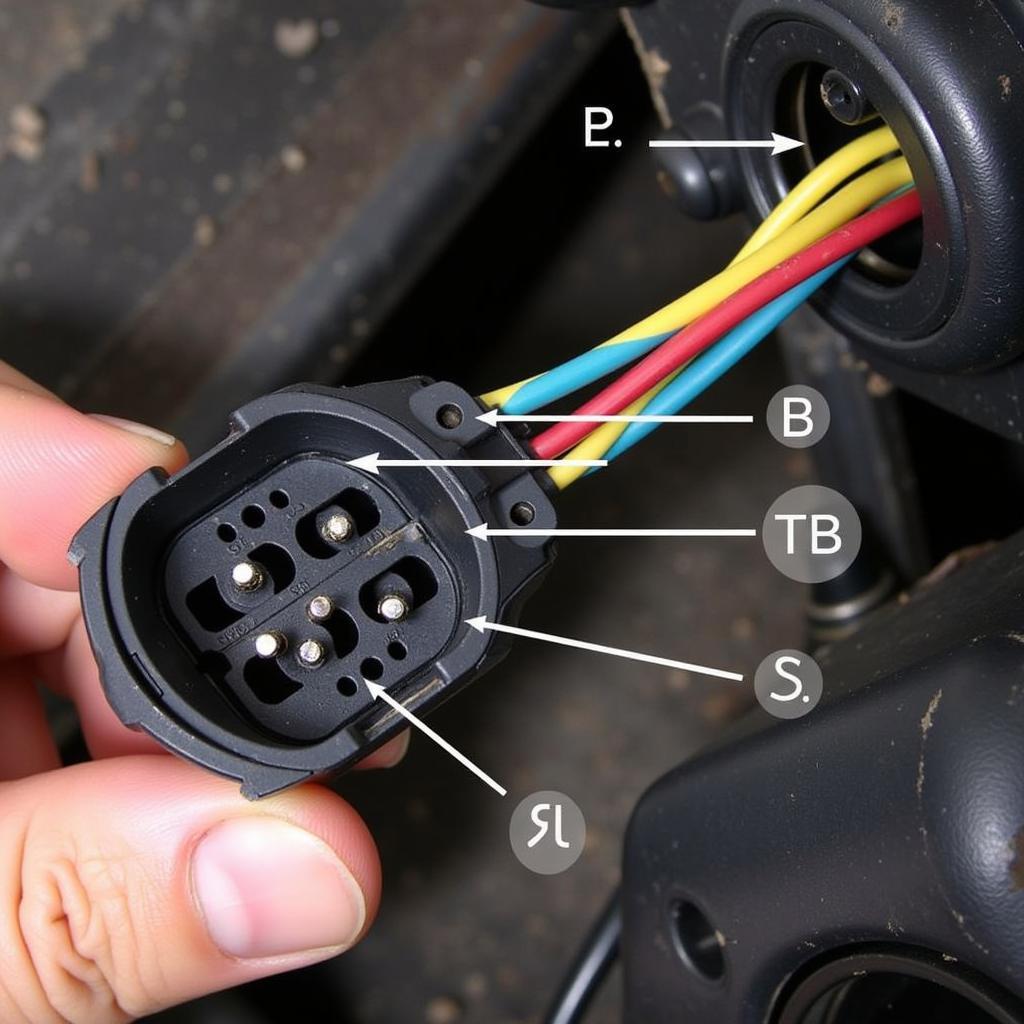A faulty battery isolator can lead to a cascade of frustrating problems in your vehicle, from a dead battery to flickering lights. Understanding the symptoms of a bad battery isolator is crucial for maintaining your vehicle’s electrical system and avoiding unexpected breakdowns. This article will dive deep into the common signs of a failing battery isolator, helping you diagnose and address the issue promptly.
Recognizing the Telltale Signs of a Failing Battery Isolator
Identifying a bad battery isolator isn’t always straightforward. The symptoms can sometimes mimic other electrical issues, making accurate diagnosis crucial. Here’s a breakdown of the key symptoms to watch out for:
- Consistent Dead Battery: Perhaps the most common and frustrating sign is a consistently dead battery. If your battery keeps dying, even after a recent replacement, a faulty isolator could be the culprit. The isolator may not be properly charging your batteries, leaving you stranded.
- Dim or Flickering Lights: Notice your headlights dimming, especially when using other electrical accessories? This could indicate that your battery isolator isn’t effectively distributing power, causing fluctuations in voltage.
- Slow Cranking: A sluggish engine crank, especially in the morning, could signify a weak battery, potentially caused by a malfunctioning isolator. The isolator might not be allowing the batteries to charge fully, leading to insufficient power for starting.
- Electrical Accessory Malfunction: Problems with your vehicle’s electrical accessories, such as the radio, power windows, or air conditioning, could stem from a bad battery isolator. An improperly functioning isolator can disrupt the flow of power to these systems.
- Voltage Fluctuations: If you’re noticing unexplained voltage fluctuations in your vehicle’s electrical system, a failing battery isolator could be the underlying cause. These fluctuations can damage sensitive electronics.
- Overcharging of One Battery: In dual-battery systems, a bad isolator can lead to one battery overcharging while the other remains undercharged. This imbalance can significantly shorten the lifespan of both batteries.
Why Does a Battery Isolator Fail?
Several factors can contribute to a failing battery isolator, including:
- Age and Wear: Like any electrical component, battery isolators degrade over time. Exposure to heat, vibration, and moisture can accelerate this process.
- Corrosion: Corrosion on the isolator’s terminals or internal components can disrupt the flow of current, leading to malfunction.
- Overload: Excessive electrical load can strain the isolator, potentially causing it to fail.
- Manufacturing Defects: While less common, manufacturing defects can also contribute to premature isolator failure.
What Happens When a Battery Isolator Goes Bad?
A bad isolator can cause several issues: It can prevent your batteries from charging properly, lead to overcharging or undercharging, and disrupt the distribution of power to your vehicle’s electrical systems. This can result in everything from a dead battery to malfunctioning accessories.
Troubleshooting and Testing a Battery Isolator
Testing a battery isolator involves checking the voltage across its terminals with a multimeter. A significant voltage drop indicates a faulty isolator. However, diagnosing a bad isolator can sometimes require specialized equipment and expertise.
How to Prevent Battery Isolator Problems
Regularly inspecting your battery isolator for signs of corrosion or damage can help prevent issues. Keeping your battery terminals clean and ensuring your electrical system isn’t overloaded can also extend the life of your isolator.
“A well-maintained electrical system is crucial for the longevity and reliability of your vehicle. Don’t overlook the importance of a healthy battery isolator.” – John Smith, Automotive Electrical Engineer
Conclusion
Recognizing the symptoms of a bad battery isolator is essential for maintaining your vehicle’s electrical system. From a consistently dead battery to flickering lights, these signs can help you diagnose and address the problem before it leads to more significant issues. By understanding the importance of a functioning battery isolator, you can keep your vehicle running smoothly and avoid unexpected breakdowns. If you suspect a faulty isolator, seeking professional diagnosis and repair is recommended.
“Ignoring the symptoms of a bad battery isolator can lead to costly repairs down the road. Early detection is key.” – Jane Doe, Certified Automotive Technician
FAQ
- How long do battery isolators typically last? Battery isolators can last anywhere from a few years to the lifespan of the vehicle, depending on usage and environmental conditions.
- Can I drive with a bad battery isolator? While you might be able to drive for a short period, it’s not recommended. A bad isolator can lead to further damage to your electrical system and leave you stranded.
- How much does it cost to replace a battery isolator? The cost varies depending on the type of isolator and the vehicle. Generally, it can range from $50 to $200, plus labor costs.
- Can I replace a battery isolator myself? While possible for those with some mechanical skills, it’s often best to leave this task to a qualified mechanic.
- What is the difference between a battery isolator and a battery combiner? A battery isolator prevents batteries from discharging each other, while a battery combiner allows batteries to be charged simultaneously and then isolates them when the charging source is removed.
- How can I test my battery isolator? You can test your battery isolator using a multimeter to check the voltage across the terminals.
- What are the most common causes of battery isolator failure? Age, corrosion, and overload are the most common causes of battery isolator failure.


